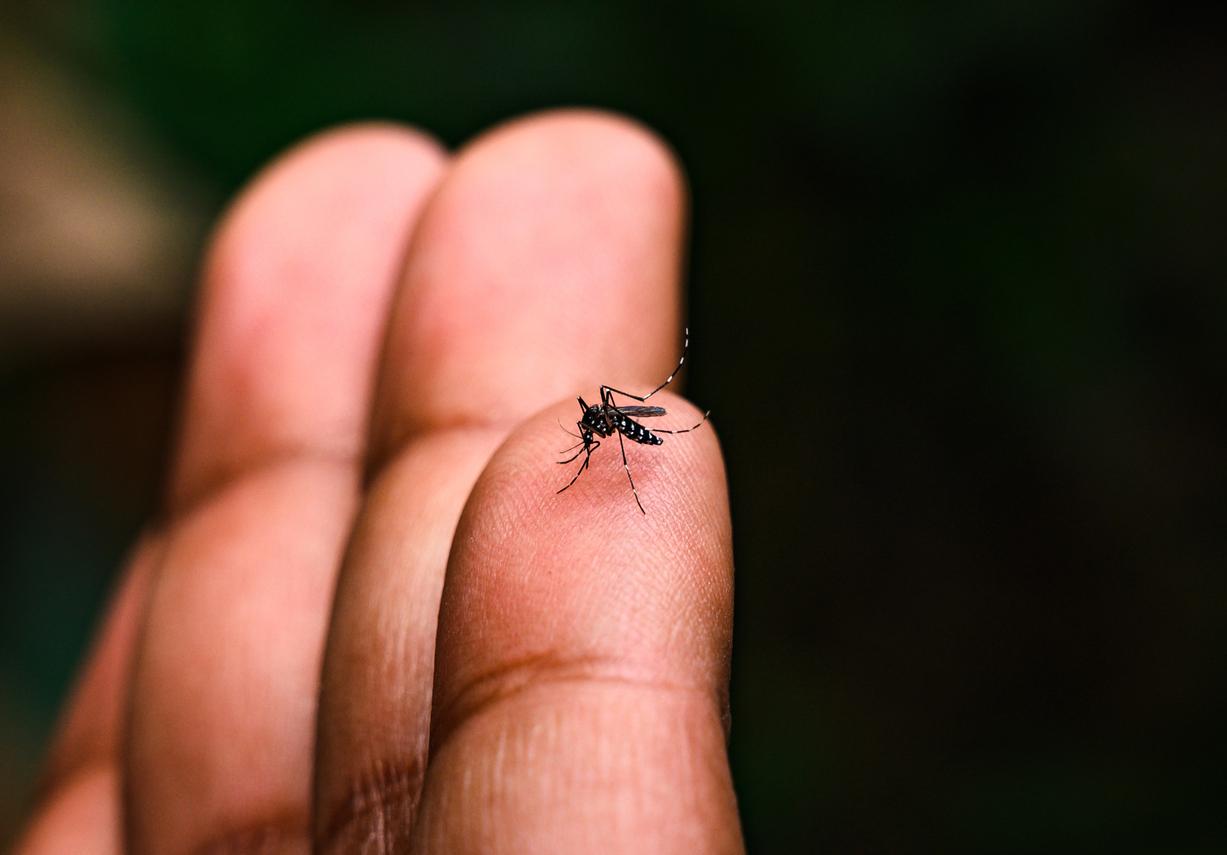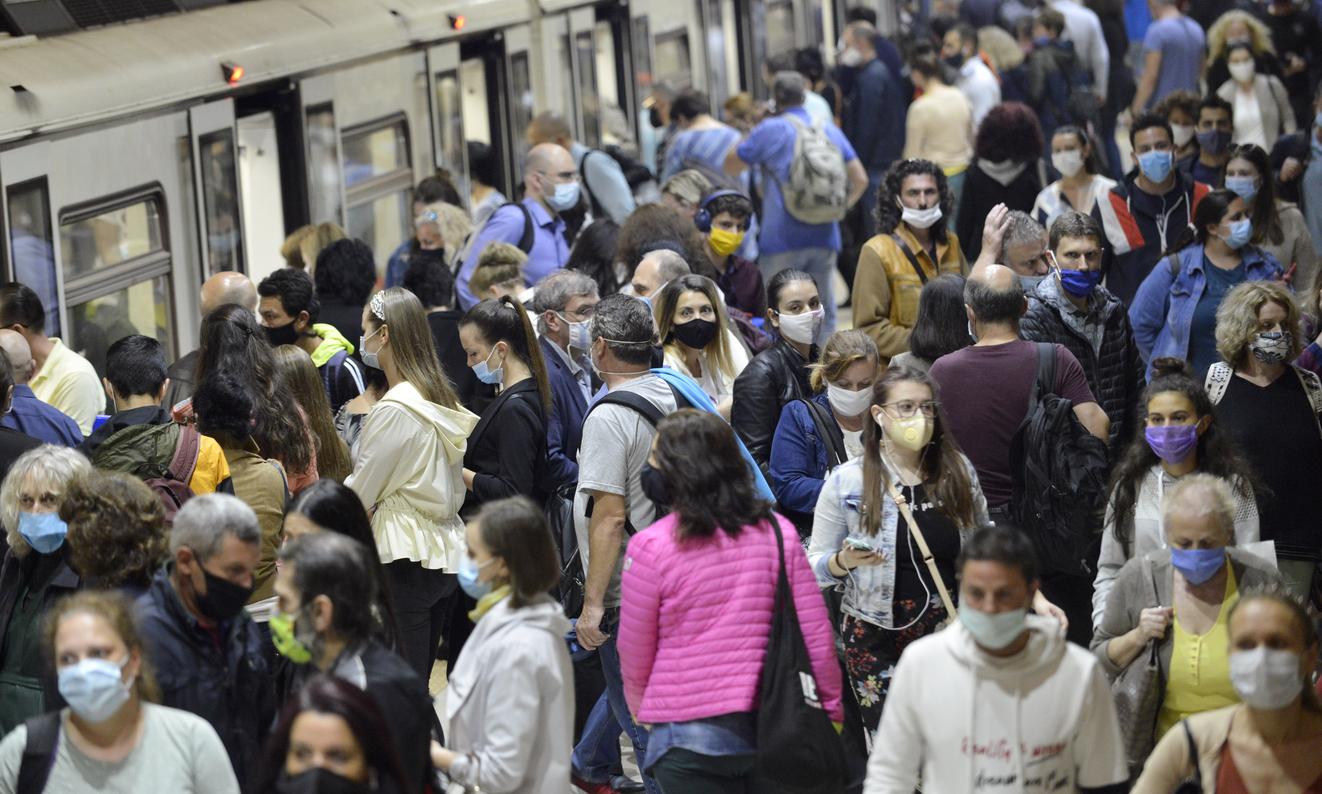Yellow fever is a haemorrhagic disease of viral origin transmitted by certain mosquitoes. The term “yellow” refers to one of the symptoms of the disease: jaundice. The World Health Organization (WHO) estimates that each year, 130,000 people are affected and 44,000 people are killed by this acute haemorrhagic fever, especially in the countries of sub-Saharan Africa which account for 90% of the cases recorded. Latin America is also concerned (Bolivia, Brazil, Colombia, Ecuador, Peru – where deforestation leads to an increase in the number of mosquitoes).
Precisely: on February 11, 2016, Adélaïde de Carvalho, the Minister of Health of Angola unveiled (source) that an epidemic of yellow fever was raging in his country. Since December 2015, 37 patients have already succumbed to it, with 8 deaths during the single day of February 10, 2016. To date, 191 patients are still under surveillance.
No specific treatment, but a 99% effective vaccine
According to the minister, the epidemic would have mainly developed in the insalubrious suburbs of the country’s capital, Luanda. A garbage collection strike would indeed have favored the proliferation of mosquitoes, the main vectors of the virus.
To protect yourself, there is a vaccine that offers more than 99% effective immune protection: it can be recommended (especially to young children) as part of Trips abroad, on the African or South American continent. When the disease is diagnosed, there is no specific treatment: in most people, the symptoms disappear after 3 or 4 days. Symptoms of yellow fever are: fever, back pain, headache, chills, loss of appetite, nauseavomiting… In 15% of cases, there is jaundice, kidney problems and bleeding.
















